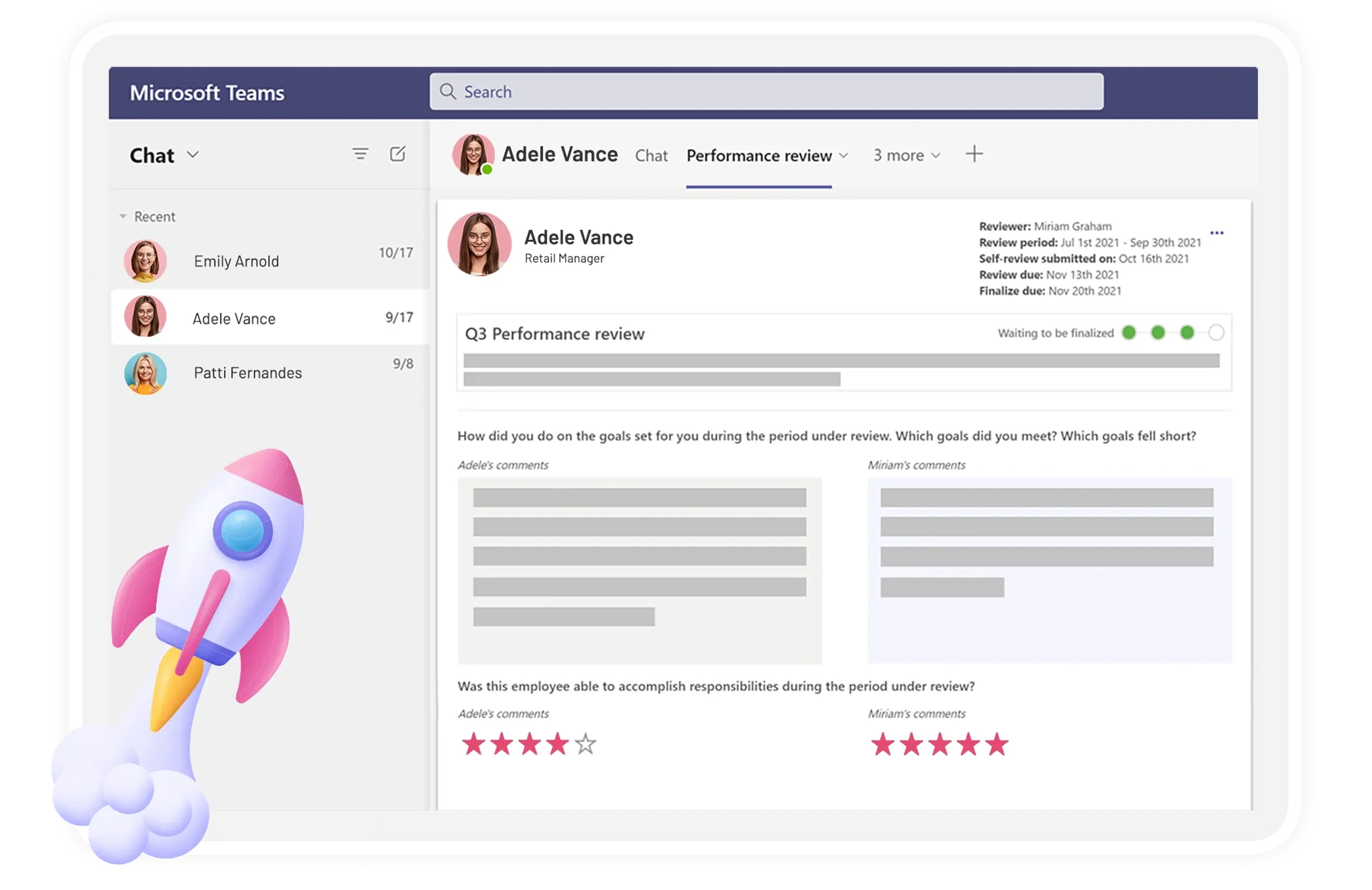9 box grid succession planning is neither new a new concept in performance management nor a perfect one. Yet it has both found widespread practice and acclaim. One of the most important reasons 9 box grid succession planning has gained such popularity is perhaps its incredibly familiar and intuitive layout.
The structure of a 9-box grid is something you will find all across popular culture. Some of our nerdier readers might even recognize the structure from the alignment chart popularized by the roleplaying game Dungeons & Dragons. To those readers we must simply say…Respect!

As a tool for succession planning, the 9-box grid has significant strengths and weaknesses. Today, we dive deep into this curious 9-box structure and analyze each aspect of 9-box grid succession planning to bring you a simple, digestible, yet comprehensive guide!
👇You will find FREE Downloadable 9-Box Grid Review Templates for Excel below 👇
Table of Contents
Understanding The 9 Box Grid
What is the 9 Box Grid?
“What exactly is the 9 Box Grid?” The 9 Box Grid is a tool used for evaluating an employee’s potential and performance in a given role. It’s like a superhero evaluation machine you would come across in the Invincible comic book universe!
It helps organizations determine which employees have the potential to take on higher roles within the company and which ones might need some extra training and development to reach their full potential.
How does the 9 Box Grid work for Succession Planning? Think of it as a map, a map to the future of your organization. It helps you navigate and plan for the future by identifying key positions and employees who may be ready to step up.
With the way the 9-box grid is set up, it lets organizations clearly visualize where employee performance and employee potential overlap. Let us take a look at the grid itself to get a better understanding of 9-box grid succession planning:

Looking at each component of the 9-box grid, we can see that the x-axis represents an employee’s performance, and the y-axis represents their potential.
The top right square is the “Superstar” square – these are the employees who consistently perform at a high level and have the potential to take on even greater responsibilities. The bottom left square is the “Underperformer” square – these employees may need some extra support to improve their performance.
That’s not it. All the other boxes allow leaders to gain a new perspective on their employees’ performance and potential. A team can’t be made up entirely of superstars. Can you imagine an all Mick Jagger Rolling Stones?
Can you picture five Kylian Mbappes in a single room? No thanks! Unless an employee fits in the bottom left side of the grid, they are all useful assets to the organization. Seeing where an employee fits in the 9-box grid lets leaders map out strategies much easier. That is why 9-box grid succession planning is a very effective method.
Using 9 Box Grid Succession Planning

We’ve established a clear understanding of what the 9-box grid is. Good for us! Now let’s see how 9 box grid succession planning actually works!
It is essential to involve multiple stakeholders in the evaluation process when using the 9 Box Grid for Succession Planning. Taking into account different perspectives and experiences will help ensure that the results are as accurate as possible.
A well-rounded view of an employee’s performance and potential can be provided by managers, HR professionals, and other key decision-makers.
Limitations of 9 Box Grid Succession Planning
Are there any disadvantages to using a nine-box grid for succession planning? Sure. The 9 Box Grid also has some limitations that must be kept in mind. As a subjective evaluation, the 9 Box Grid results can vary depending on what biases and perspectives the evaluator brings to the table.
Even though it’s valuable, it should be used along with other tools and strategies as part of a succession planning process. Who would’ve guessed that a strategy based on literally putting people in boxes would have few hiccups?
What to do with the results?
Once the evaluation process is complete, a business can use the results of the 9 Box Grid to make educated decisions about personnel management and development. They can identify critical roles and workers who are prepared to take the lead, as well as those who need additional support to realize their full potential.
Organizations can then use this data to create a personalized growth plan and pinpoint any possible difficulties with succession planning.
Negating The Limitations Of 9 Box Grid Succession Planning
As is the case with every strategy that includes putting your employees in certain boxes or predetermined categories, 9 box grid succession planning has its limitations and weaknesses. That is why we recommend taking the following steps when implementing 9 box grid succession planning strategies:
Don’t rely solely on 9 Box Grid Succession Planning
The 9 box grid is a handy tool for succession planning. That being said, it is far from being the only tool for succession planning. In fact, the results you get from using 9 box grid succession planning are much more effective when you use them in conjunction with other helpful succession planning tools. Examples? Sure! Let’s do some call and response.
What is the largest problem with 9 box grid succession planning? Performance review biases! What is the best tool for eliminating performance review biases? 360-degree feedback!
Using the data and insight you gain through 360-feedback to make educated decisions in filling the 9 box grid can take out most of the biases from your succession planning process.
Use a comprehensive performance review tool
Another method you can use to accompany your 9-box grid succession planning is to have access to a comprehensive performance appraisal software that has access to data from various different aspects of an employee performance.
Keep in mind that performance as a whole is far too complicated to be simplified into a simple row in the 9-box grid. There are many employee performance metrics to keep in mind when measuring performance. That is why you need something comprehensive. Don’t worry, we have you covered.

Teamflect is an all-in-one performance management software that has some of the best performance review capabilities in the Microsoft Teams ecosystem.
When you use Teamflect to conduct your performance reviews, the reviewers gain access to key information and insight into all the unique aspects that go into employee performance such as:
Task completion rates, employee recognition, 360 feedback, and goal completion rates. Teamflect also has built-in 9-box grid succession planning capabilities so you can use all of these features in unison!



